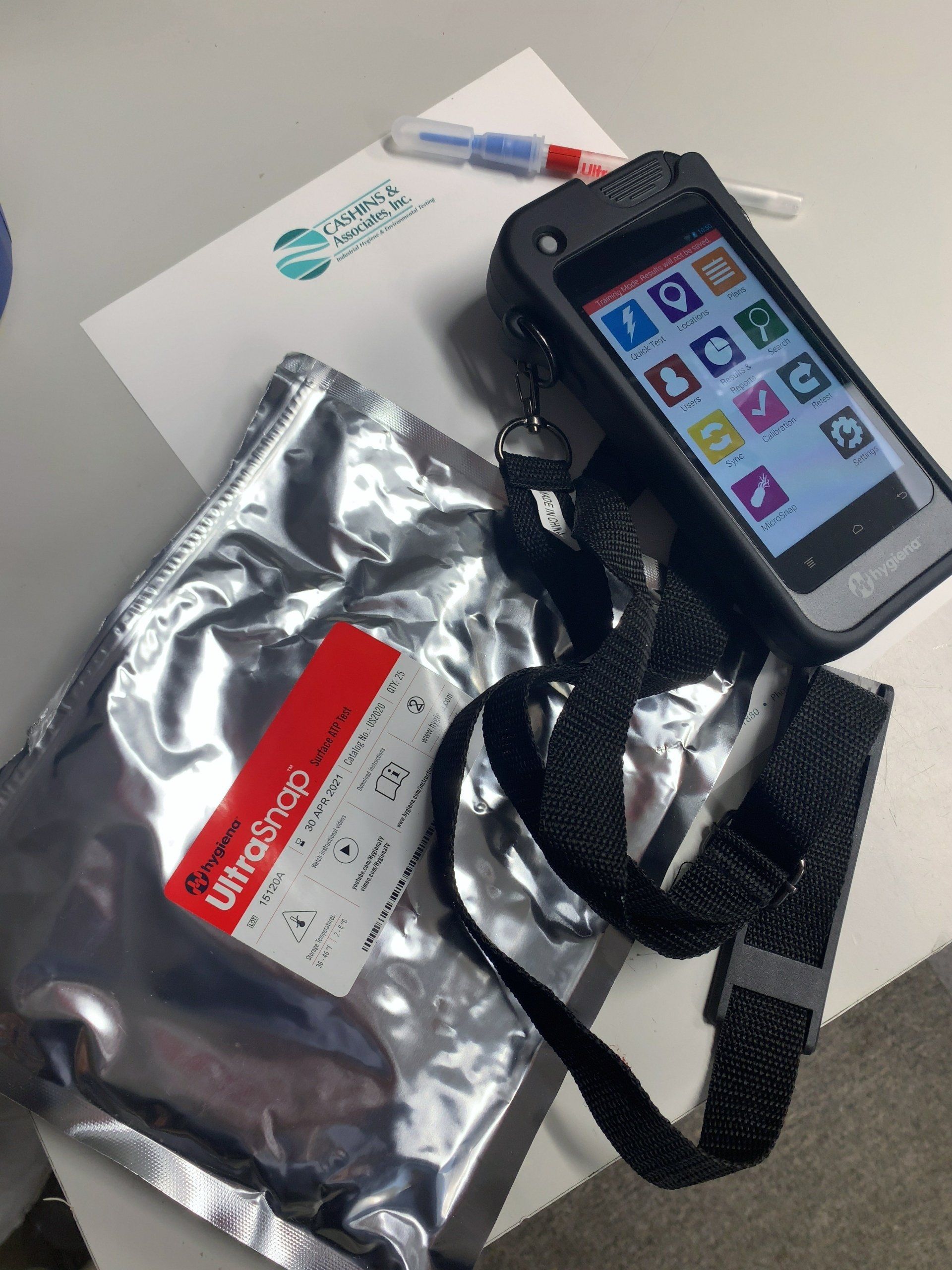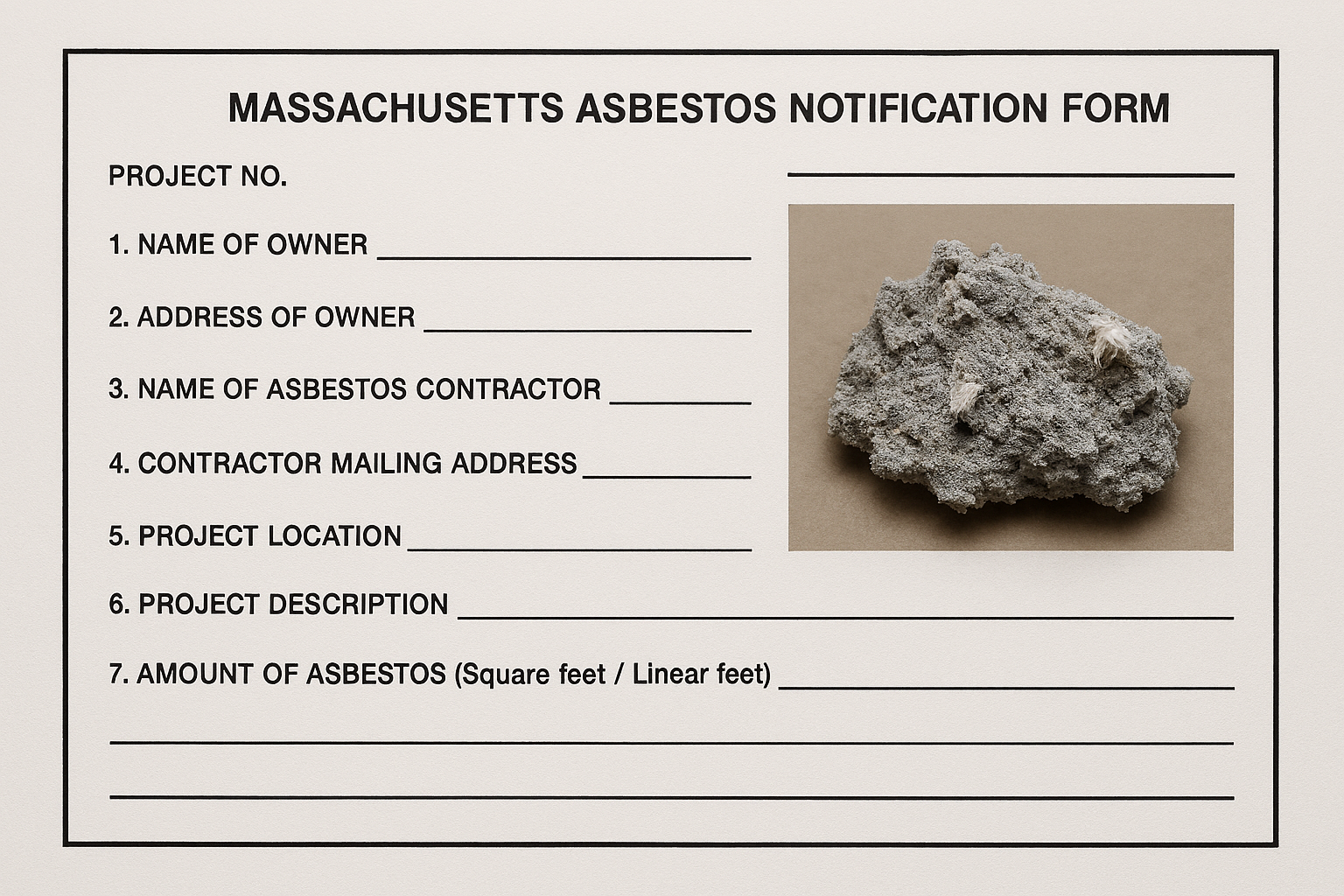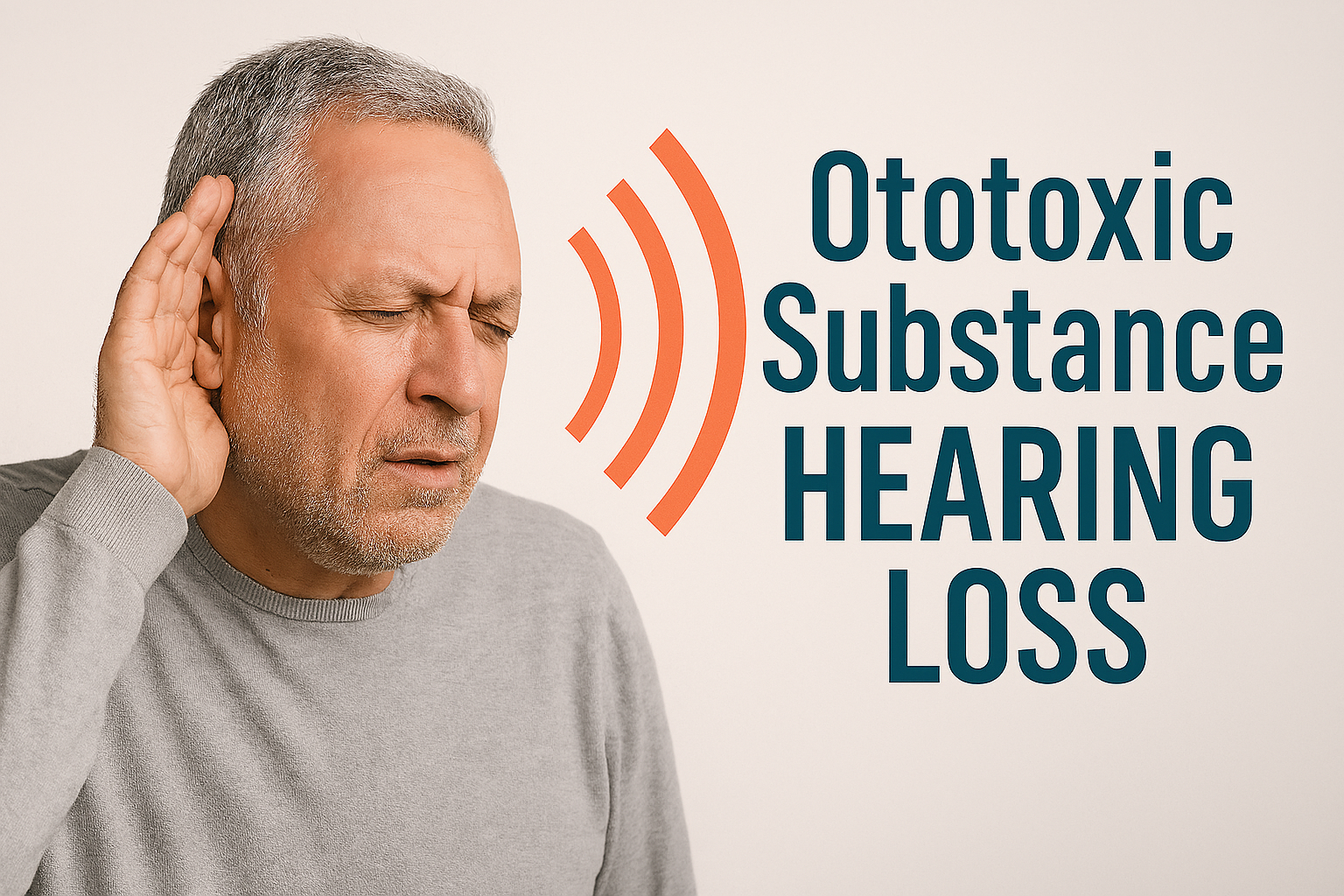What is ATP and what does it tell us?
ATP stands for Adenosine Triphosphate. ATP is a molecule found in all living cells and it is responsible for transferring and storing energy. ATP levels act as an indicator of whether your environment has been properly cleaned. Essentially, ATP can come from anything that was once living and its presence on a surface is a great indicator of whether it has been thoroughly cleaned or sanitized.
How ATP testing works
To measure ATP, the sample (taken from a swab) is mixed with an enzyme from fireflies called luciferase, which catalyzes a reaction where two of the phosphates are broken off from the ATP molecule. The energy from this reaction is captured by the enzyme to create light.
The swab is inserted into a device called a luminometer, which reads the amount of light produced by the sample. The light produced is proportional to the amount of ATP in it: the more bacteria or product residue on the surface, the more ATP; the more ATP, the more light produced.
The light is detected in an instrument and displayed in relative light units, or RLUs. The higher the RLUs, the more likely it is that the surface has not been properly cleaned. Depending on the product or area tested, results can be determined in as little as 15 seconds. In longer cases, results could be available in about 15 minutes.
ATP Testing and COVID-19
A coronavirus identified in 2019, SARS-CoV-2, has caused a pandemic of respiratory illness, called COVID-19. Can ATP Testing verify surfaces are virus free? The technical answer is a definitive NO. A virus is not living organism so ATP testing will not identify viral loading. However, ATP will evaluate general level of cleanliness. If a surface is thoroughly cleaned and EPA “N-List” cleaners are used properly the ATP testing method can be used as another evaluator of cleanliness beyond visual inspection and relying on disinfectant surface dwell time. ATP testing is not the end all be all for knowing if SARS-CoV-2 has been eradicated from a contaminated surface. It will give assurance that the surface in question has been sufficiently cleaned. This in combination of verifying appropriate disinfectant product use and that surface disinfectant dwell time was maintained provides a higher level of confidence that viral material has been inactivated.
Industries for ATP Testing
It is very important to ensure cleanliness in a work environment. This is because in some cases, verifying that a surface or instrument is clean can be a life-or-death situation. This may sound extreme, but it really is not. There are many strong cases to be made for ATP testing in various industries, however, listed below are some that may benefit.
In the food industry, it can be extremely useful in mitigating cross contamination between multiple products. This could be on a large scale, such as a factory or manufacturing plant, or on a smaller scale such as a breakroom in your office or a school kitchen and cafeteria. Cross contamination is all too common, and with people having different allergies and reactions to food products, it is important to give them confidence in their work or learning environment. Clean surfaces and food processing equipment is also critical to prevent food poisoning.
In the
medical industry, it can assure medical personnel that the instruments they use during delicate procedures are disinfected prior to performing them. It can also be helpful in determining if a hospital bed or room is safely sanitized after a certain patient leaves or before a new one arrives. It could potentially have a huge impact on the treatment of a patient, or even help limit harmful exposure for medical personnel themselves.
In the
remediation industry, it can reassure contractors that they have properly removed and cleaned potentially harmful bacteria. It could be useful specifically in instances where there is flooding from the outdoors or sewage backups involving graywater. In these situations, it is very important to confirm that impacted areas have been removed or adequately remediated and are safe to inhabit after incidents. Building owners also want the assurance that the cleanup has been completed properly. The proper level of cleaning and disinfection is extremely important to prevent future indoor air quality issues for the building.
Although these are all different and unrelated industries, the end-result ATP Testing gives you is the same throughout: A peace of mind that you went above and beyond to ensure the cleanliness of your workplace.
Our trained
health and safety professionals can perform a thorough post remediation/cleanup inspection of your workplace. The use of the ATP testing is another tool to provide third party verification that the work was performed to a satisfactory level. This type of third party verification provides assurance to your building occupants and the building owner that the work was done properly.
If you have any questions pertaining to ATP testing or if it could benefit your workplace, please do not hesitate to reach out to us at Cashins & Associates. Our professionals are ready to help!!





